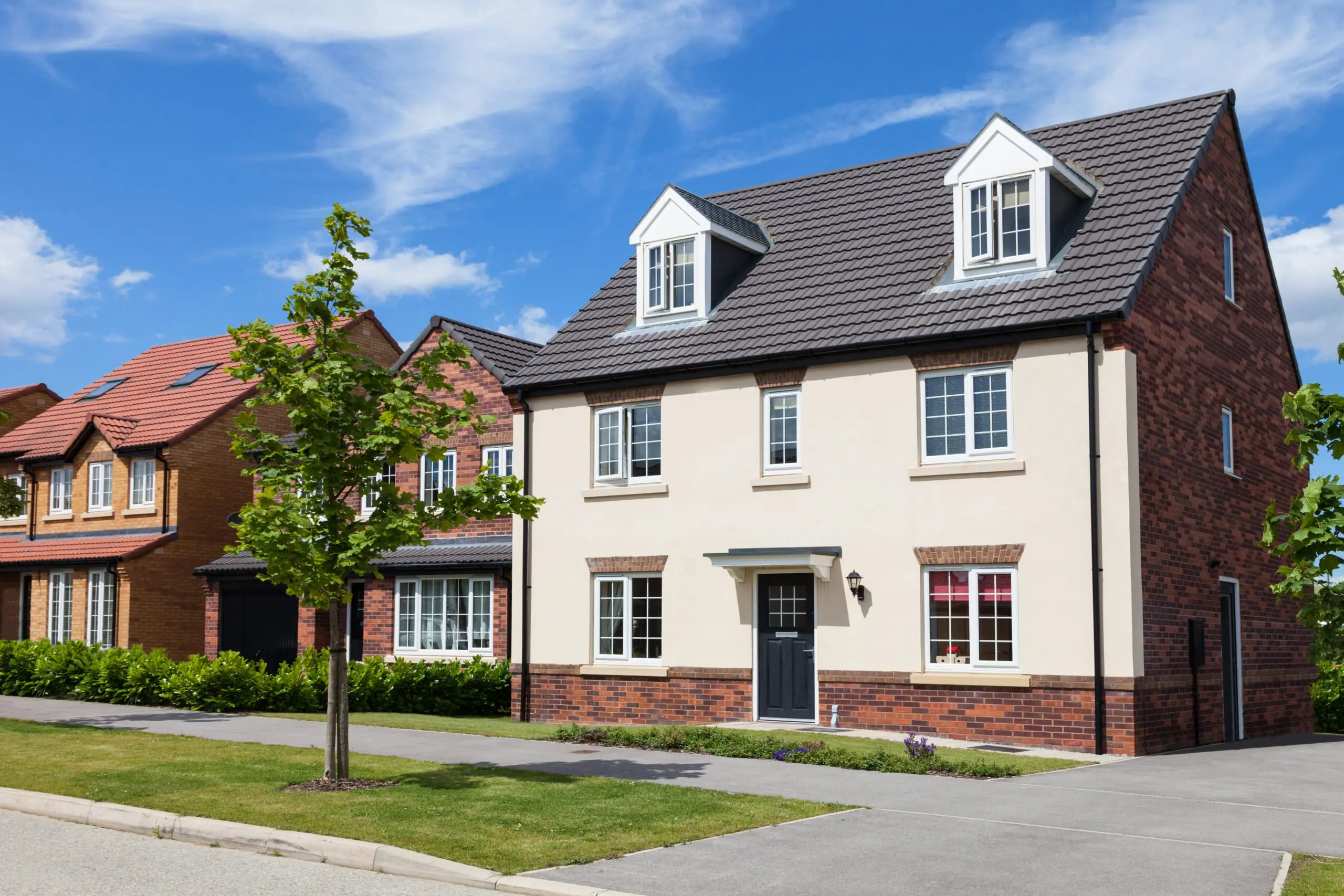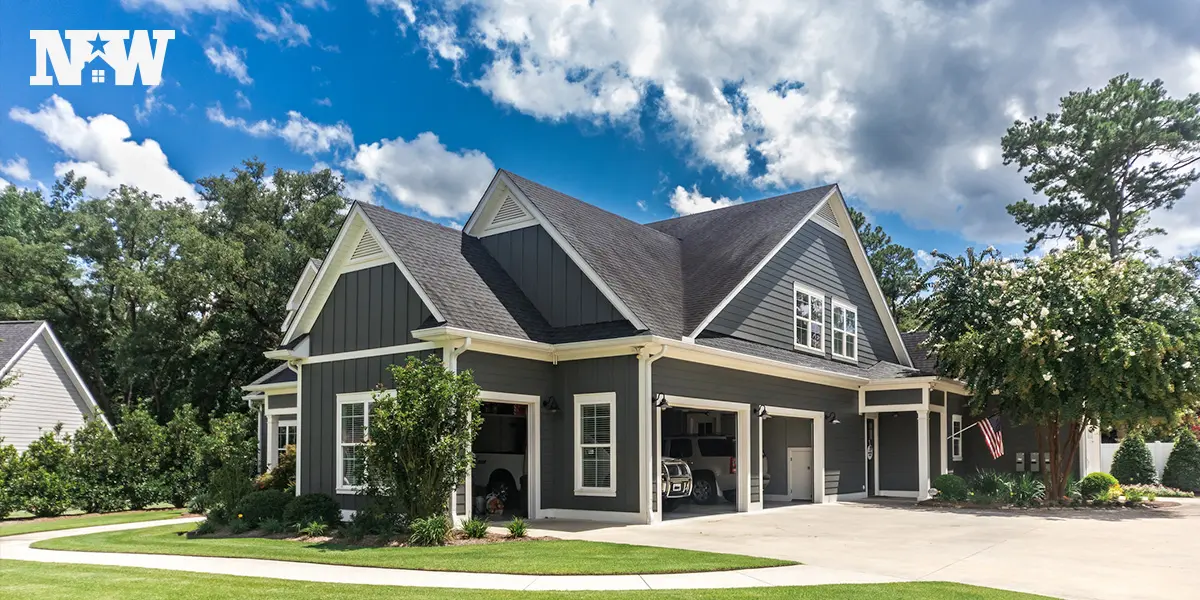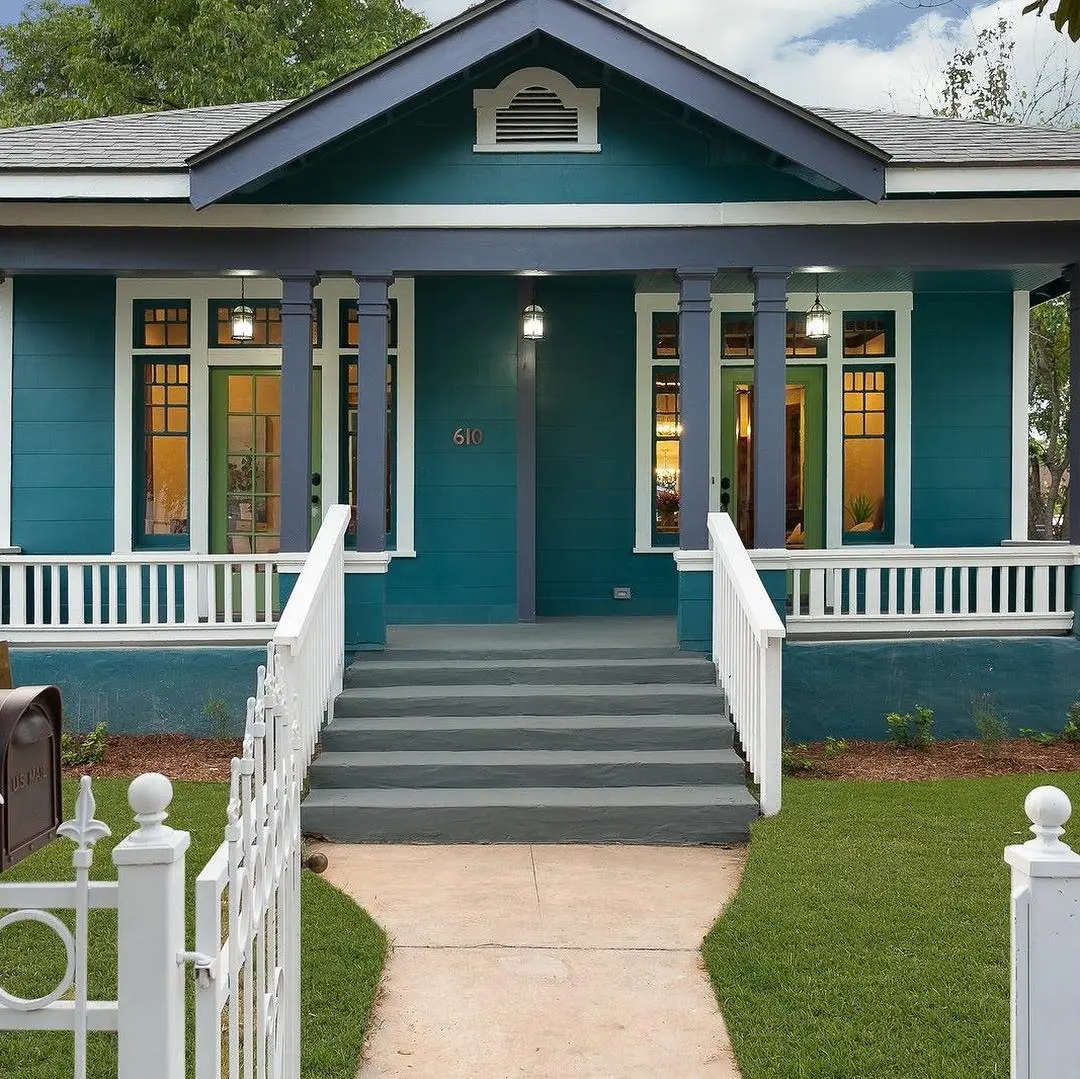When determining the profitability of a rental property, it’s important to assess the average cash flow that the investment brings in. Every rental property should produce positive cash flow –– otherwise there’s no point to the investment.
But what’s considered good average cash flow? We’ll take a look at calculations, rules of thumb, and profitability metrics in order to help make informed decisions regarding the cash flow on a rental property.
What is Cash Flow in a Rental Property?
Cash flow refers to the amount of income that a rental property yields each month or each year. It’s an important figure to keep up with, since the point of investing in real estate is to bring in income. Investors talk about cash flow in two ways: gross and net.
Gross cash flow simply adds up all the income that a property accumulates for the owner. This would include rent payments, application fees, late payment additions, contractual cleaning surcharges, pet surcharges, and more. Anything that credits your bank account is considered a part of gross cash flow.
Net cash flow, on the other hand, looks at the income left over after all of the property’s expenses are accounted for. Net cash flow is a more important indicator of overall income-producing health. If a property has a gross annual cash flow of $50,000 but has annual expenses of $51,000, then the net cash flow is a loss of $1,000, and the property isn’t profitable from a cash flow perspective. As such, investors generally mean “net cash flow” when they talk about cash flow.
How to Calculate Average Cash Flow for a Rental Property
The basic formula to calculate net cash flow is:
Cash Flow = Total Income – Total Expenses
Or, to put it another way:
Net Cash Flow = Gross Cash Flow – Total Expenses
When considering an investment property to purchase, it’s good to be as detailed as possible when running cash flow numbers. But when you’re doing preliminary evaluations of multiple listings, you don’t have time to get into the nitty-gritty of all the expenses. As such, many investors use the following rules of thumb to quickly evaluate the average cash flow on properties.
The 1% Rule
Using the 1% rule helps investors create a fast estimation of gross cash flow. The 1% rule assumes that a property should bring in about 1% of the purchase price in rent each month. For example, a $200,000 home should bring in $2,000 each month in rent ($200,000 X .01 = $2,000).
The 1% rule should only be used as a starting point, though. There are other factors to consider, such as:
Average rent in the location: If the property falls under rent-controlled legislation, sits in an undesirable location, or has an established below-market lease, you may not get 1% in rental income.
Type of property: Certain property uses tend to bring in more than 1% in income (though they may also have higher expenses). For example, if you plan to do a house hack, you will likely bring in more income than if you do a single lease in the same house.
Income in addition to rent: Remember that gross cash flow includes more than rent, so if your particular situation will include other income sources –– such as parking or pet charges for short-term rentals –– then the 1% rule may fall short.
Overall, the 1% rule is helpful when evaluating average cash flow on the surface level, but more details are needed before you actually go to make an offer.
The 50% Rule
The 50% rule is another helpful piece of the puzzle when doing fly-by calculations of cash flow. It assumes that a property’s expenses tend to be around 50% of its income, not including mortgage payments.
With the 50% rule in mind, it’s then easier to estimate the net cash flow:
Net Cash Flow = Gross Cash Flow X .50 – Mortgage
Let’s use a hypothetical deal to put these two rules into action. If you’re looking at a property that’s listed for $200,000, then you use the 1% rule to assume you’ll be able to get $2,000 per month in income. Then you do a quick application of the 50% rule and you come up with $1,000 in cash flow per month before any mortgage payments.
Using these two rules in conjunction with one another then helps you figure out the next steps for deeper analysis. First, you’d want to consider if you can get the funding needed for this property and still keep a positive cash flow. In this scenario, your mortgage costs need to stay under $1,000.
You would also want to make sure that the average rent in the area supports the 1% rule assumptions. In this case, you’d need to check into whether or not you can realistically charge $2,000 per month in rent.
And of course, you’d want to go deeper into the expected expenses. For that, we’ll need to dive into more details about expenses as they relate to cash flow.
What to Include in Net Cash Flow Calculations
Income on a property is pretty easy to determine. A quick online search of popular real estate websites will give you a fair market range of expected income from a long-term rental. If you’re planning to use the property for something other than a long-term rental (such as a vacation rental or house hack), networking with other investors and real estate agents in the area will give you a good idea of what to expect.
But sometimes expenses are a little harder to figure accurately, especially when evaluating a new property. As you’re calculating net cash flow –– either as an upfront estimation or an ongoing marker of profitability –– you’ll want to keep the following expenses in mind.
- Financing costs: principle, interest, and mortgage insurance (PMI).
- Repair costs: any standard updates needed to get the property rent-ready. (Many choose not to include major renovation costs here, since those are capital expenditures and not expenses.)
- Ongoing maintenance: costs of regular services needed to keep the property livable.
- Utilities: any water, sewer, trash, gas, or electric that the tenant is not responsible for.
- Taxes and fees: property taxes and HOA dues should be divided up into a monthly expense, even though they are due annually or quarterly.
- Insurance: homeowners insurance, landlord insurance, and any additional hazard insurance (flood, earthquake, etc.).
- Administration costs: property management fees, office supplies, property-related software/apps, mileage, etc.
- Vacancy rate: income-loss related to time that the property is not being rented.
Estimating Maintenance
For owned rental properties, tracking ongoing maintenance costs is as easy as logging receipts and invoices in a spreadsheet. But if you’re trying to determine the net cash flow on a property you intend to purchase, you’ll need to include an educated guess regarding maintenance costs.
Investors tend to use the 1.5 rule when it comes to estimating maintenance costs on a long-term rental. This rule of thumb assumes that ongoing maintenance throughout the year will total 1.5 times the monthly rent.
If we revisit the example above, the maintenance costs could reasonably be estimated at $3,000 per year ($2,000 X 1.5). Therefore, the monthly maintenance expense when estimating net cash flow should be $250 ($3,000 / 12 months).
Estimating Vacancies
It’s also important to build in vacancy costs when calculating net cash flow. Many investors work off the assumption that the property will be vacant for at least one month out of the year. This accounts for turnover time between the end of one lease and the beginning of another.
With that in mind, it’s reasonable to estimate that vacancy costs would be 1/12 or 8.3% of the monthly rent amount. In our example, we could assume $167 in vacancy costs when calculating net cash flow ($2,000 / 12). Of course, if there’s no vacancy costs at the end of the year, then your annual cash flow reality improves, but it’s better to be prepared.
What is Considered Good Cash Flow For a Rental Property?
Knowing how to calculate cash flow is important, but knowing how to apply that knowledge is even better. Cash flow numbers can give an indication of profitability on paper. But determining whether or not the cash flow is “good” is much more nuanced.
In general, many investors look for at least $100 to $200 in monthly cash flow, with an attitude of “the more, the better”. But that generality definitely doesn’t work for all deals. For example, in a multi-family property, a hundred dollars in cash flow is cutting it pretty close; any unexpected expense could easily push you into the red. Also, “good” cash flow is relative to initial investment. If you invest a million dollars, and only make $100 each month, it’s probably not the best use of money.
At the end of the day, each individual investor has to determine what amount is considered “good” for their short term and long term goals. To do that, other profitability measures are often considered in conjunction with cash flow.
Considering Cash-on-Cash Return
Cash-on-cash return examines cash flow in light of cash invested. In the above example, let’s assume that the buyer invested 20% as a down payment, or $40,000 cash. If that investor gets a cash flow of $200 per month, that’s $2,400 profit annually. To determine cash-on-cash return, we divide that amount by the original cash invested and come up with a 6% cash-on-cash return ($2,400 / $40,000).
Is a 6% cash-on-cash return considered good? Again, that’s subjective and best left up to the individual. But overall, most investors shoot to outperform stock market returns; otherwise what’s the point of doing all the work required as a real estate investor? Historically, the stock market returns 10% on average, and real estate investors look for a minimum cash-on-cash return of 12%. So, no, a 6% cash-on-cash return would not be considered good by that metric.
That being said, cash-on-cash returns shouldn’t be the only measure of success either. To take a simplistic approach, if you invest $5 and bring in $3 of cash, that’s a 60% cash-on-cash return. Great deal, right? But it’s still only $3 of cash flow, which may not be worth the hassle involved. That’s why it’s important to look at cash flow and cash-on-cash returns together, evaluating both in light of your personal investment goals.
How to Increase Average Cash Flow
Some may look at the 6% cash-on-cash return in our example and turn up their noses at the deal. But not so fast! There are multiple ways to increase cash flow (which in turn increases cash-on-cash return), both upfront and on an ongoing basis.
- Re-evaluate financing. Cash flow and cash-on-cash return would both be impacted by taking a second look at financing options. For instance, a lower downpayment would decrease the basis for cash-on-cash calculations, theoretically increasing the percentage. However, that may also increase monthly payment expenses, so again the two should be looked at in combination. In the case of a property-in-hand, refinancing at a lower interest rate could decrease monthly expenses, and increase cash flow –– as long as the closing costs are taken into account as well.
- Increasing rents. If the current rental income is below average for the market, then it’s important to increase it to what’s considered fair and normal for the area. Doing so will increase cash flow and cash-on-cash return at the same time. It’s not uncommon to raise rent by the rate of inflation (typically around 3%) at each lease renewal.
- Decrease vacancy. Vacancies are an instant cash flow killer. Decrease vacancy costs by communicating intentionally with tenants about their lease renewal plans; start showing the property as soon as possible to decrease turnover time. Keep the property updated and desirable to tenants in order to increase rental applications when the time comes.
- Screen thoroughly. Though you may be tempted to reduce vacancy costs by filling the property quickly, don’t sacrifice quality for speed. Choosing good, long-term tenants who faithfully pay their rent on time is the best way to maintain solid cash flow. The alternative –– troublesome tenants who miss payments, break their lease, or damage the property –– is far more costly as far as cash flow is concerned.
- Be a hands-on landlord. Doing your own work on the property can help reduce expenses considerably. Perform regular maintenance tasks, make repairs as you’re able, and take care of your own administration. This eliminates or reduces expenses that would go toward property managers and handymen, in turn keeping cash in your pocket.
- Examine insurance and taxes. Insurance and taxes are both significant annual expenses. While they may be mostly fixed, be sure to keep your eye on any potential savings. Talk with your insurance agent about possible discounts. Appeal property taxes at the county level if they seem out of the ordinary.
At New Western, we’re all about helping investors make good investment decisions. Whether you make your real estate decisions based on average cash flow, cash-on-cash returns, or some other criteria, we can help match you with a property that’s right for your portfolio. Join our marketplace to access some of the best investment opportunities in the nation.







